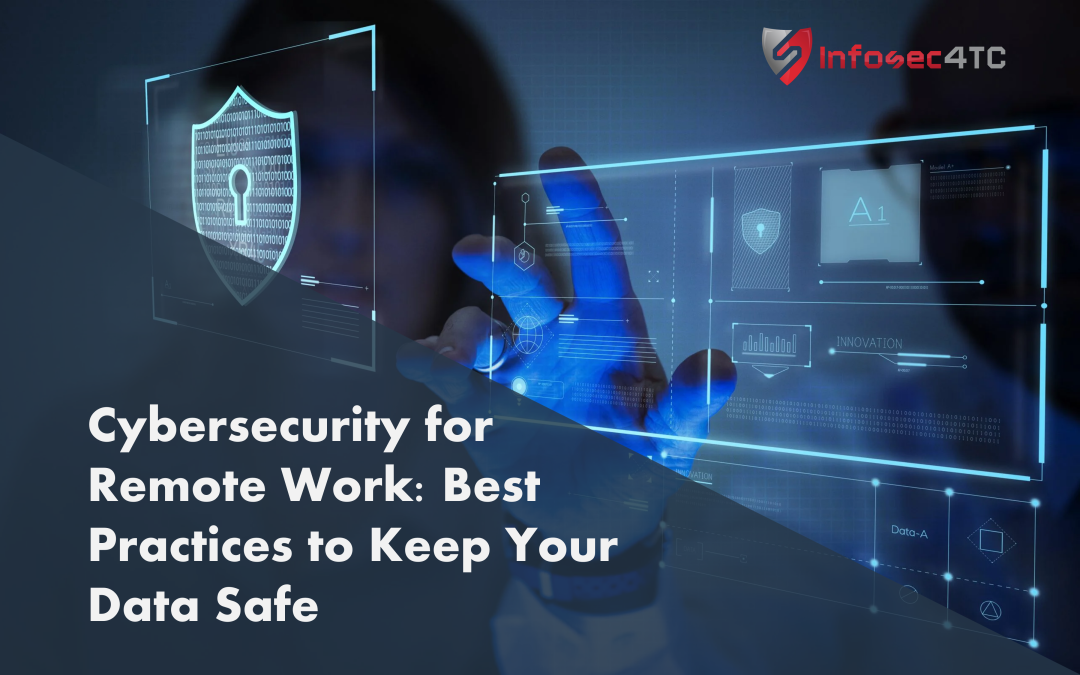Introduction
As remote work becomes increasingly popular, organizations must prioritize cybersecurity to protect their data and systems. This article will discuss the importance of cybersecurity for remote work, and provide best practices to keep your data safe.
- Use strong, unique passwords
Strong, unique passwords are crucial for securing your accounts and preventing unauthorized access (Hunt, 2020). Avoid using easily guessable information such as your name, birthdate, or common words. Use a combination of uppercase and lowercase letters, numbers, and special characters (SANS Institute, 2021). Additionally, use a password manager to store and manage passwords securely (Schneier, 2020).
- Enable multi-factor authentication
Multi-factor authentication (MFA) is a security measure that requires users to provide at least two forms of identification before gaining access to an account (Ferguson, 2020). By enabling MFA, you can significantly reduce the risk of unauthorized access (Microsoft, 2021).
- Keep software and devices updated
Regularly updating software and devices can help protect against known security vulnerabilities (US-CERT, 2021). Enable automatic updates whenever possible, and ensure that all devices used for remote work have the latest security patches installed.
- Use Virtual Private Networks (VPNs)
VPNs encrypt your internet connection, ensuring that data transmitted between your device and the network remains private and secure (Cisco, 2021). By using a VPN, you can protect your data from potential eavesdroppers and hackers while working remotely (Winder, 2020).
- Limit access to sensitive information
Implement a “least privilege” access model, which limits access to sensitive information only to those who need it (NIST, 2020). This can help reduce the risk of data breaches by preventing unauthorized users from accessing sensitive data.
- Train employees on cybersecurity best practices
Regularly training employees on cybersecurity best practices can help them recognize and avoid potential threats (ENISA, 2020). This includes phishing attacks, social engineering, and safe browsing habits. Establishing a security awareness program can significantly reduce the risk of security incidents (Krebs, 2020).
- Implement a robust security policy
Establishing a comprehensive security policy that addresses remote work can help organizations maintain a secure environment (ISACA, 2021). This includes guidelines for device usage, password management, data handling, and incident reporting.
Conclusion
By following these best practices, organizations can improve their cybersecurity posture and protect their data while accommodating the growing trend of remote work. Investing in cybersecurity measures is essential for maintaining trust and ensuring the long-term success of a remote workforce.
References
- Cisco. (2021). What is a VPN? Retrieved from https://www.cisco.com/c/en/us/products/security/vpn-endpoint-security-clients/what-is-vpn.html
- ENISA. (2020). Cybersecurity Training for Employees. Retrieved from https://www.enisa.europa.eu/topics/trainings-for-cyber-security-specialists/trainings/files/cyber-security-training-for-employees
- Ferguson, R. (2020). What is Multi-Factor Authentication (MFA)? Retrieved from https://digitalguardian.com/blog/what-multi-factor-authentication-mfa
- Hunt, T. (2020). Password Strength. Retrieved from https://www.troyhunt.com/passwords-evolved-authentication-guidance-for-the-modern-era/
- ISACA. (2021). Creating a Remote Work Security Policy. Retrieved from https://www.isaca.org/resources/news-and-trends/isaca-now-blog/2020/creating-a-


Cyber security awareness training must be conducted from time to time